Gray's Grist Mill
and Pond Restoration
Adamsville, RI
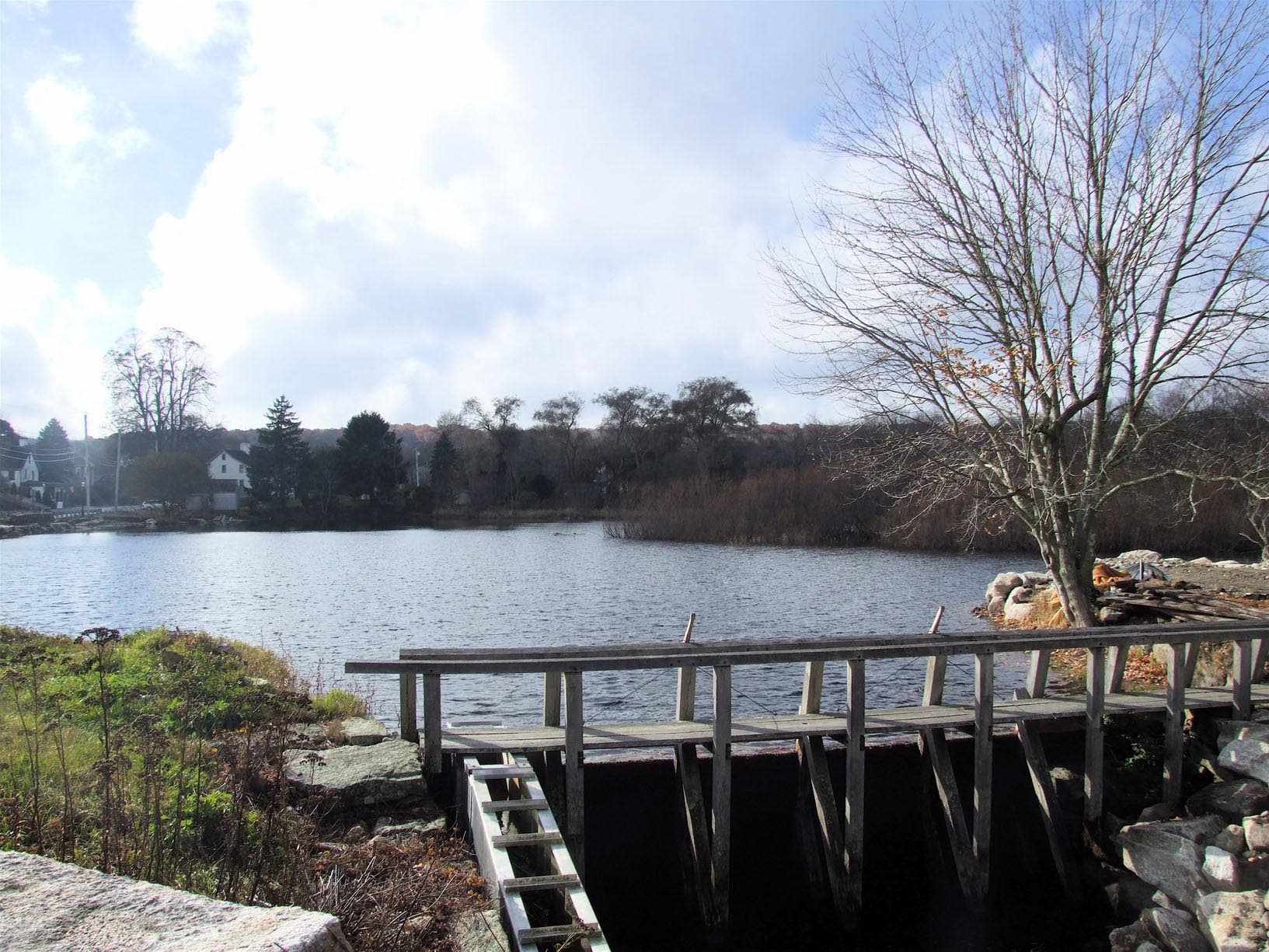
Gray’s Grist Mill, one of the oldest, continually running grist mills in New England, is located in Adamsville on the Massachusetts/Rhode Island border.
While its exact date of origin is unknown, most agree that there was a mill on the site some time before 1700.
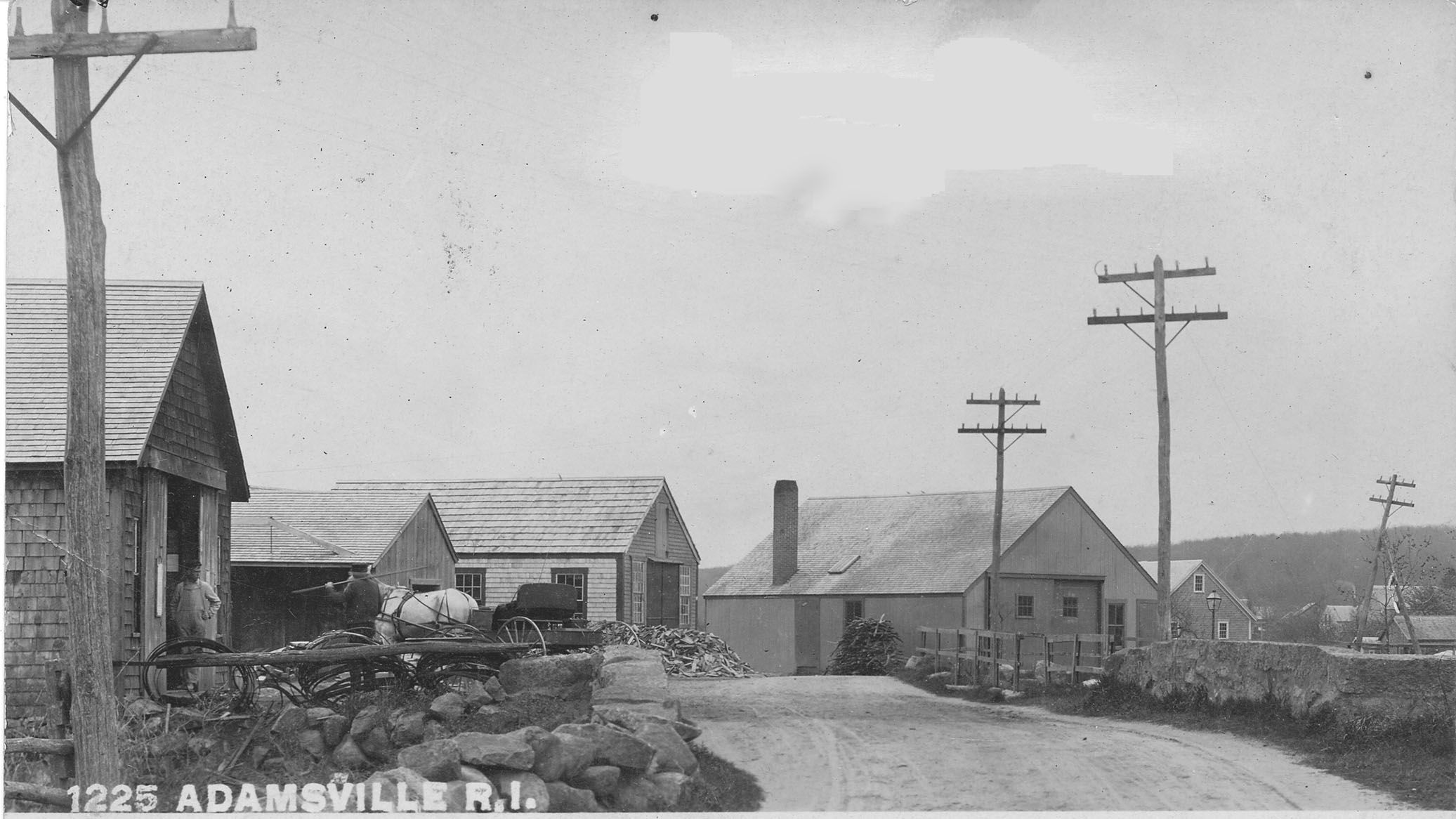
The first deed of ownership can be traced back to Philip Taber in 1717. The village of Adamsville was known as “Taber’s Mill” until the 1800s and the Adamsville mill pond provided power for the grist mill and a saw mill. In 1751 Taber conveyed the mill to his son Jonathon.
John Hart purchased the property in 1939 - a time when most grist mills were closing their doors. He went on to run Gray’s Mill for the next 41 years. In 1980, Mr. Hart, then 80 years old, sold the mill to New York businessman Ralph Guild. The one stipulation of the sale was that Ralph would continue to operate the mill. Mr. Guild kept his word, and began a multi-faceted restoration project on the property.
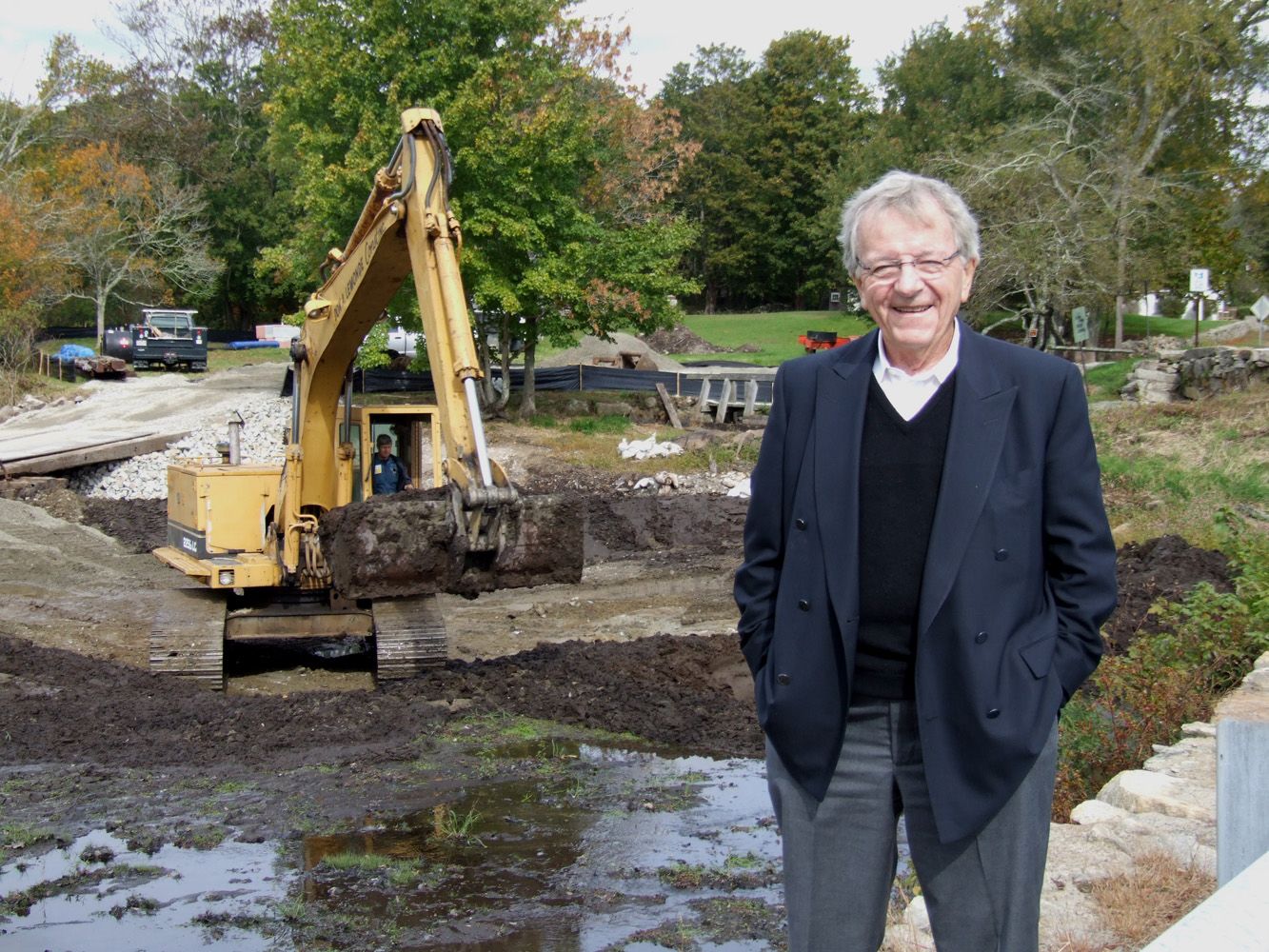
Ralph Guild
Ralph Guild
Baker became a driving force behind the project and alongside Mr. Guild worked tirelessly for years to restore the mill, the mill pond, and the areas adjacent to the mill.
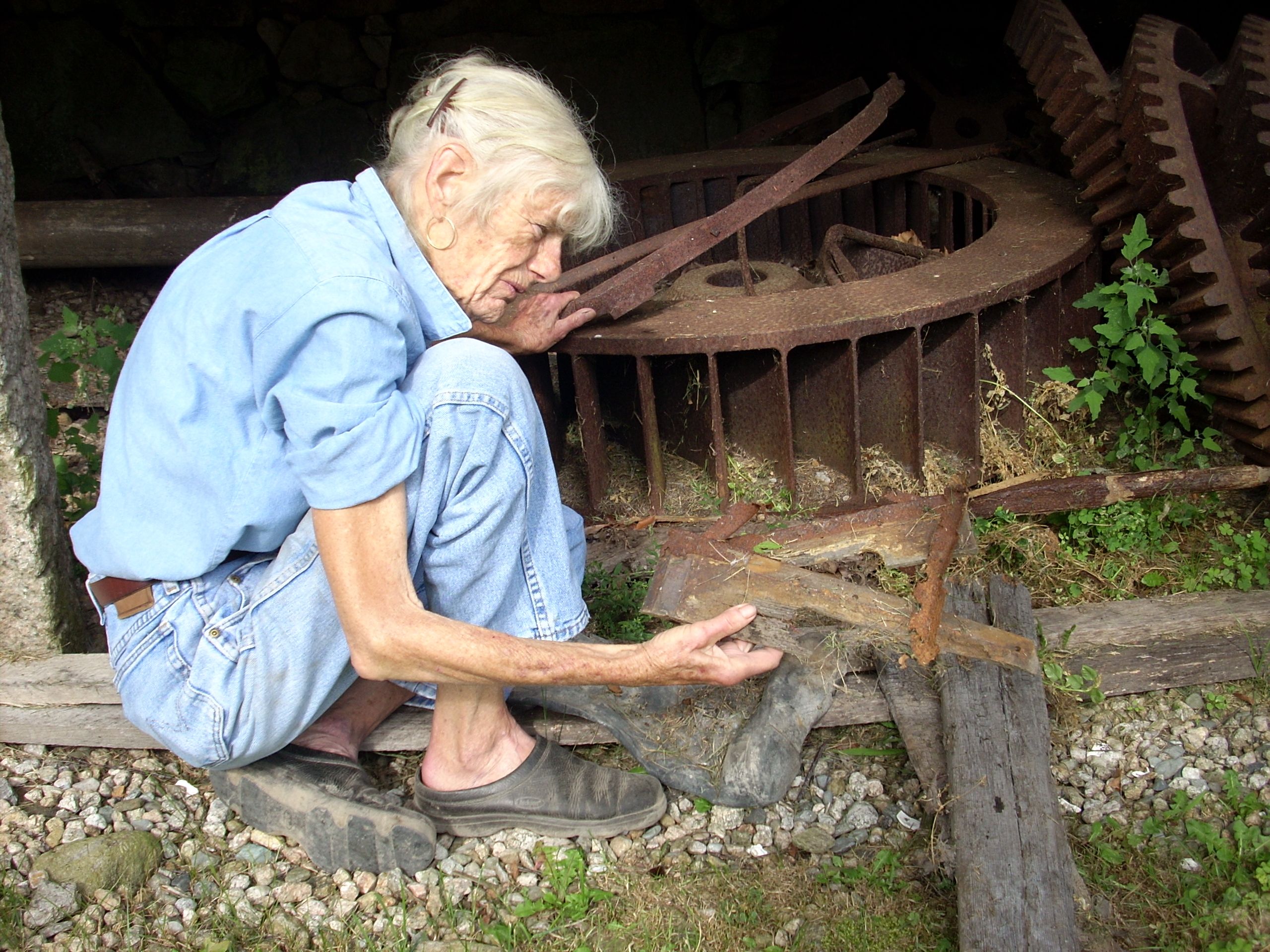
Baker Examining Turbine
Baker Examining Turbine
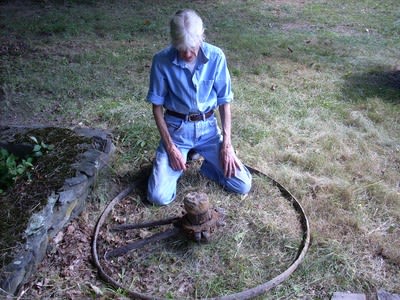
Pond Artifact
Pond Artifact
Historical Pictures
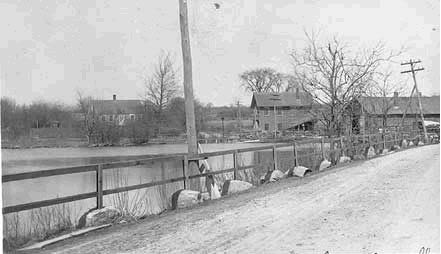
Adamsville Pond Looking NE
Adamsville Pond Looking NE

Adamsville Road
Adamsville Road
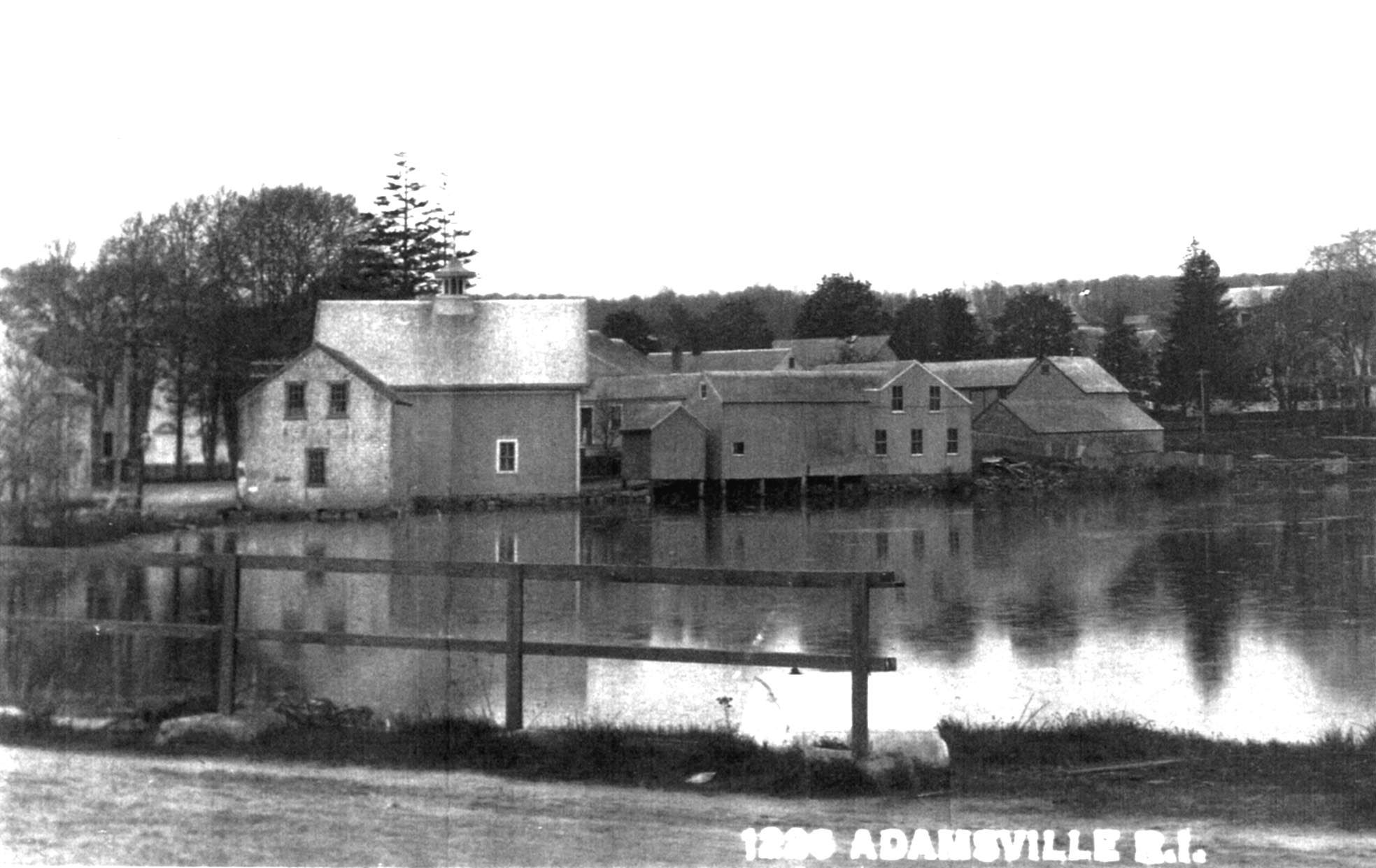
The Ice Houses
The Ice Houses
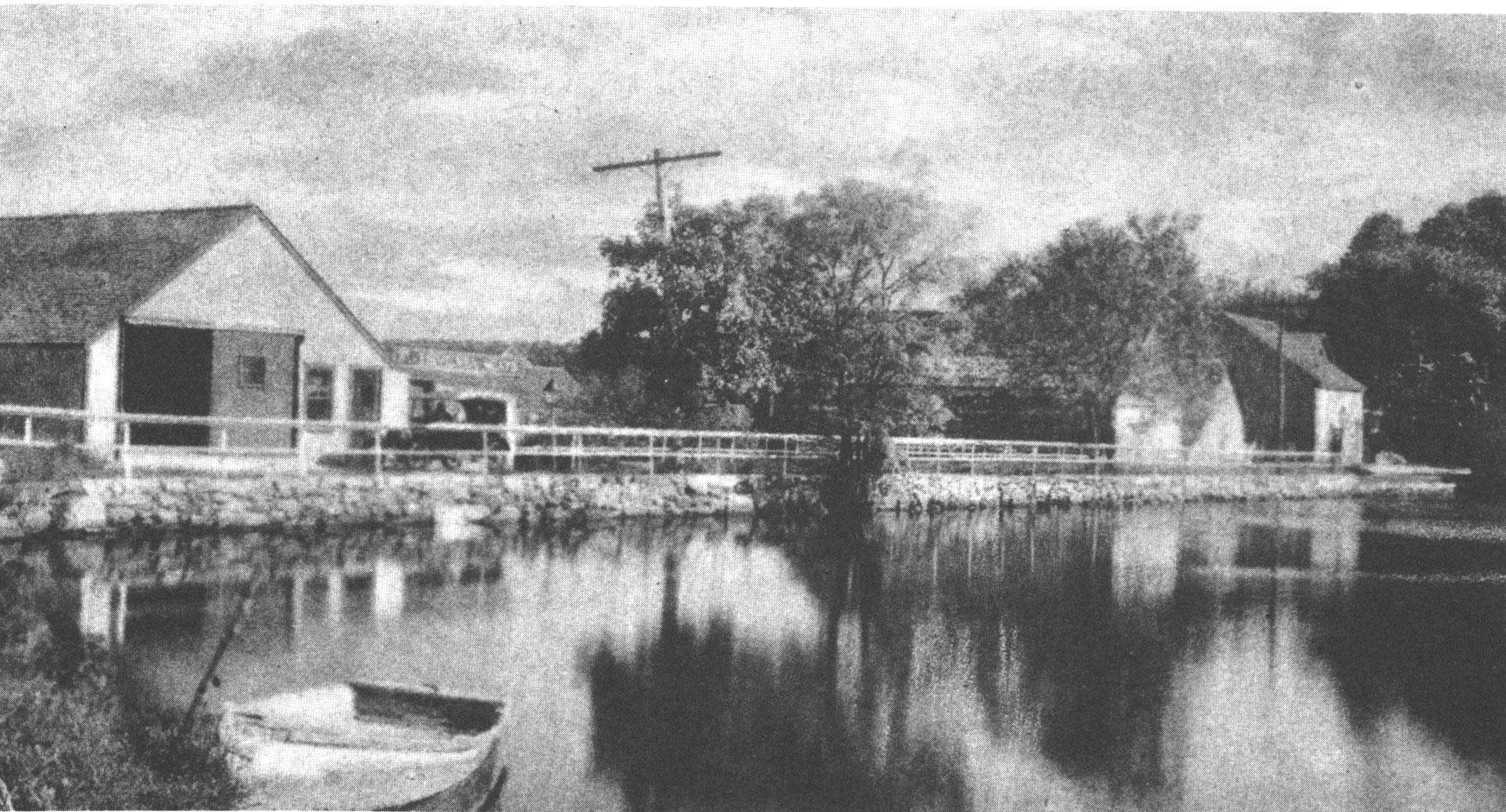
Mill pond with boat
Mill pond with boat
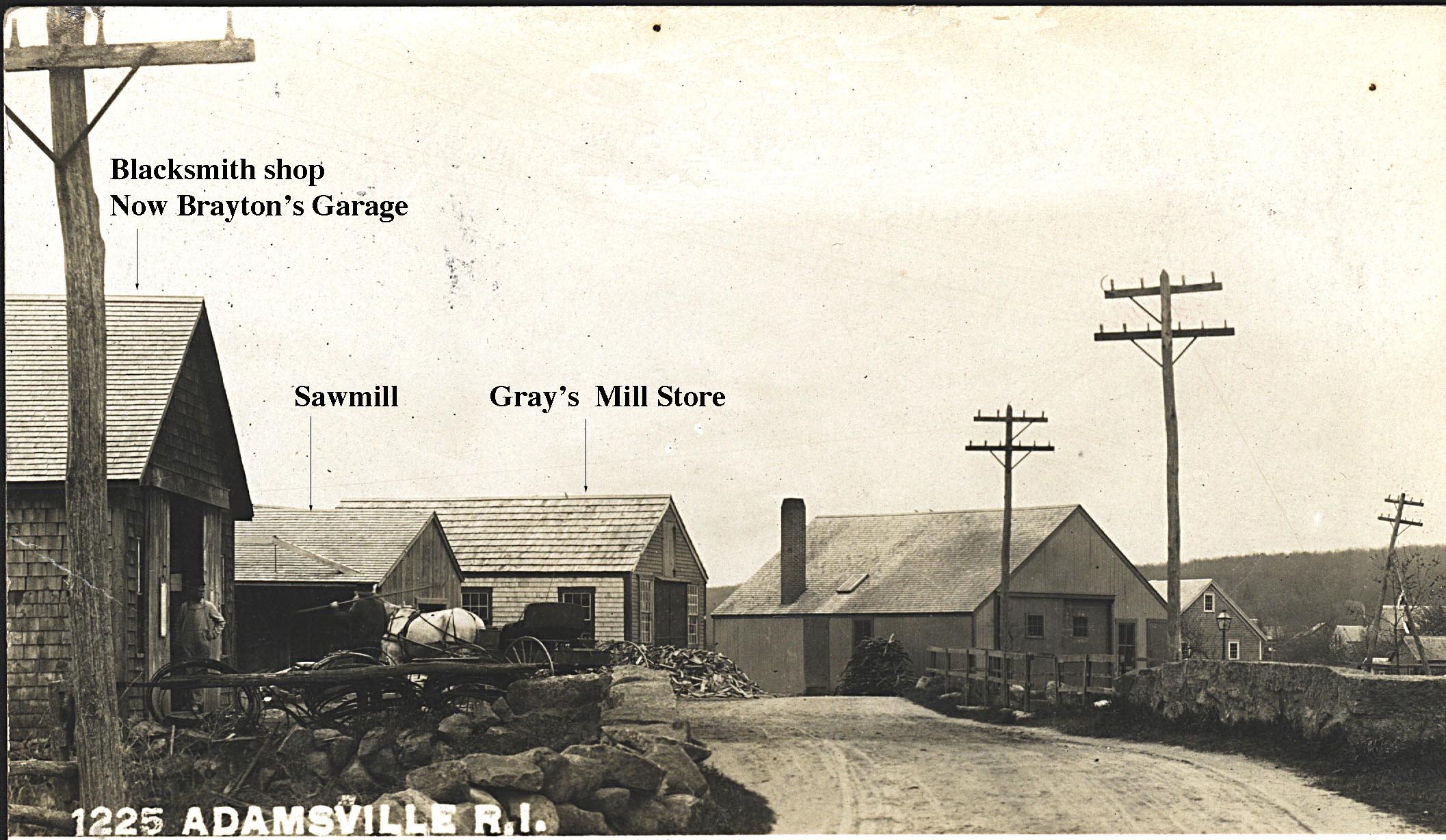
Blacksmith shop, Sawmill, Mill Store
Blacksmith shop, Sawmill, Mill Store
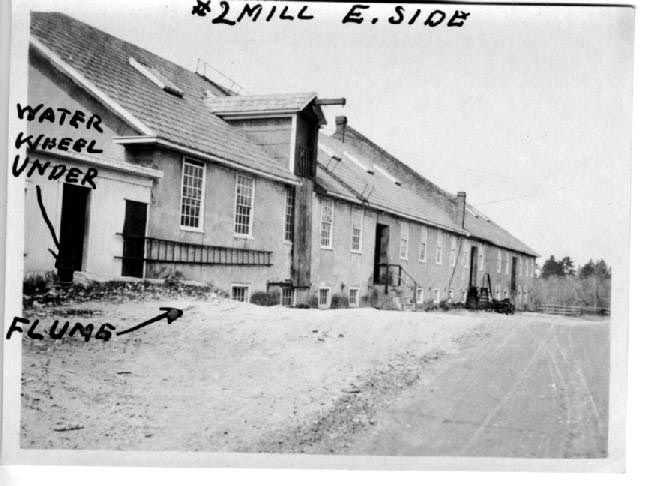
Water Wheel East Side
Water Wheel East Side
The Grist Mill Today
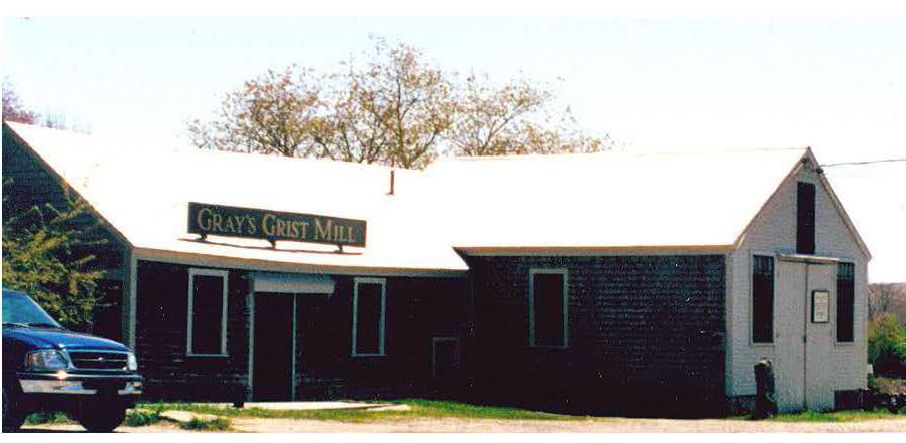
The Grist Mill
Baker's passion and vision for the Grist Mill and Mill Pond Restoration Project is summed up in an email to one of her project partners:
What I want is to see the mill up on its feet again, back to its old self-- open and running. A miller/manager to run it, keep it clean, be able to explain its history and how it runs. I would like to see the miller/manager maintaining the site, the machinery, the fields, the tailrace etc.
The bottom line... is not to lose track of what the mill is all about –the fact that it is (in existence) because there was a stream that could be dammed, which in turn serviced the needs of people who then created a village.
The mill is more than walls, water and machinery. Ralph said it in one sentence: '"I want to make sure that the spirit of what this mill represents is eternalized for my grandchildren, their children, for Adamsville, and for the nation. "
Excerpt of email correspondence written by Baker and dated March 11, 2002.

Mill Store
Baker's vision included a store within the Grist Mill:
The store should have mill related items, Most important books and videos. Copies of old maps and photos of the area, postcards, mugs and t-shirts with mill logo, iron frying pans, spatulas perhaps with the mill logo on the handle and so on. Plus small items such as "Corn on the cob" (popcorn that comes on a cob and made to pop in a microwave.) And from, and for the locals, fresh vegetables ,and homemade cookies , etc. for sale to reflect the bakery that was once next door, and perhaps on Saturdays jonnycake tasting, lessons on how to cook them, history of such (which there is a great deal of) and so on.
Excerpt of email correspondence written by Baker and dated March 11, 2002.
Mill Pond Restoration
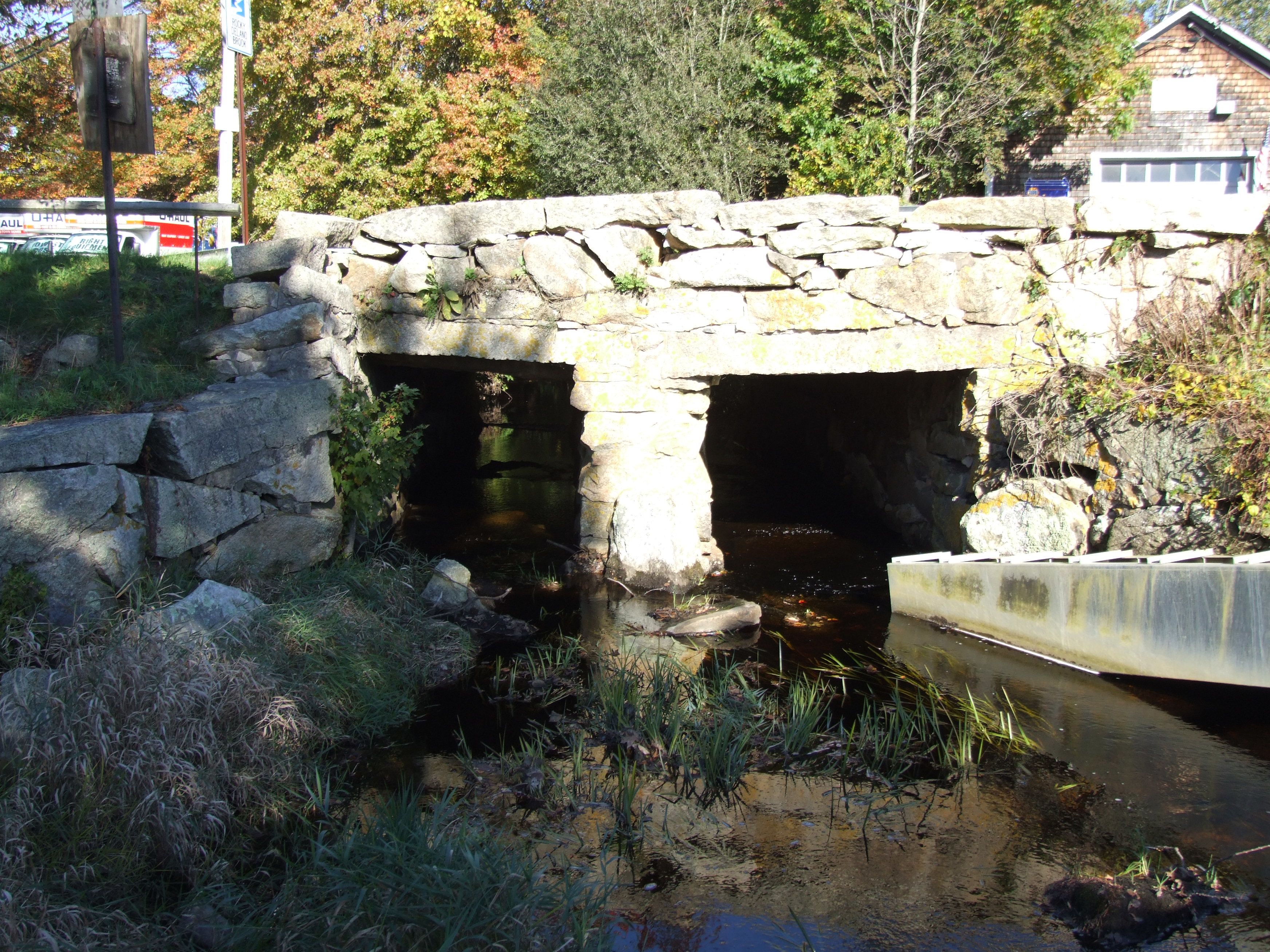
Bridge and Fish Ladder
Bridge and Fish Ladder
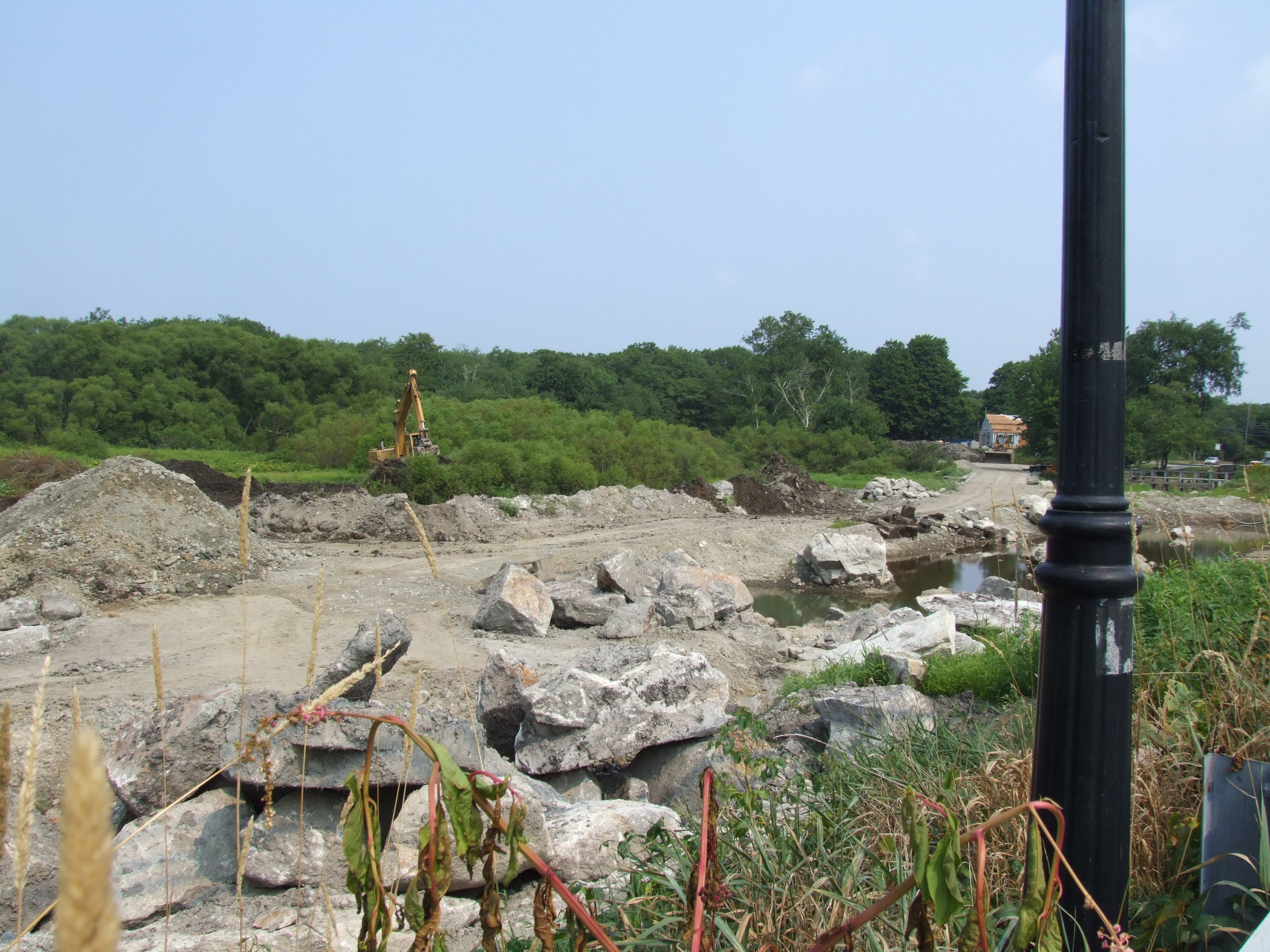
Digging Pond
Digging Pond
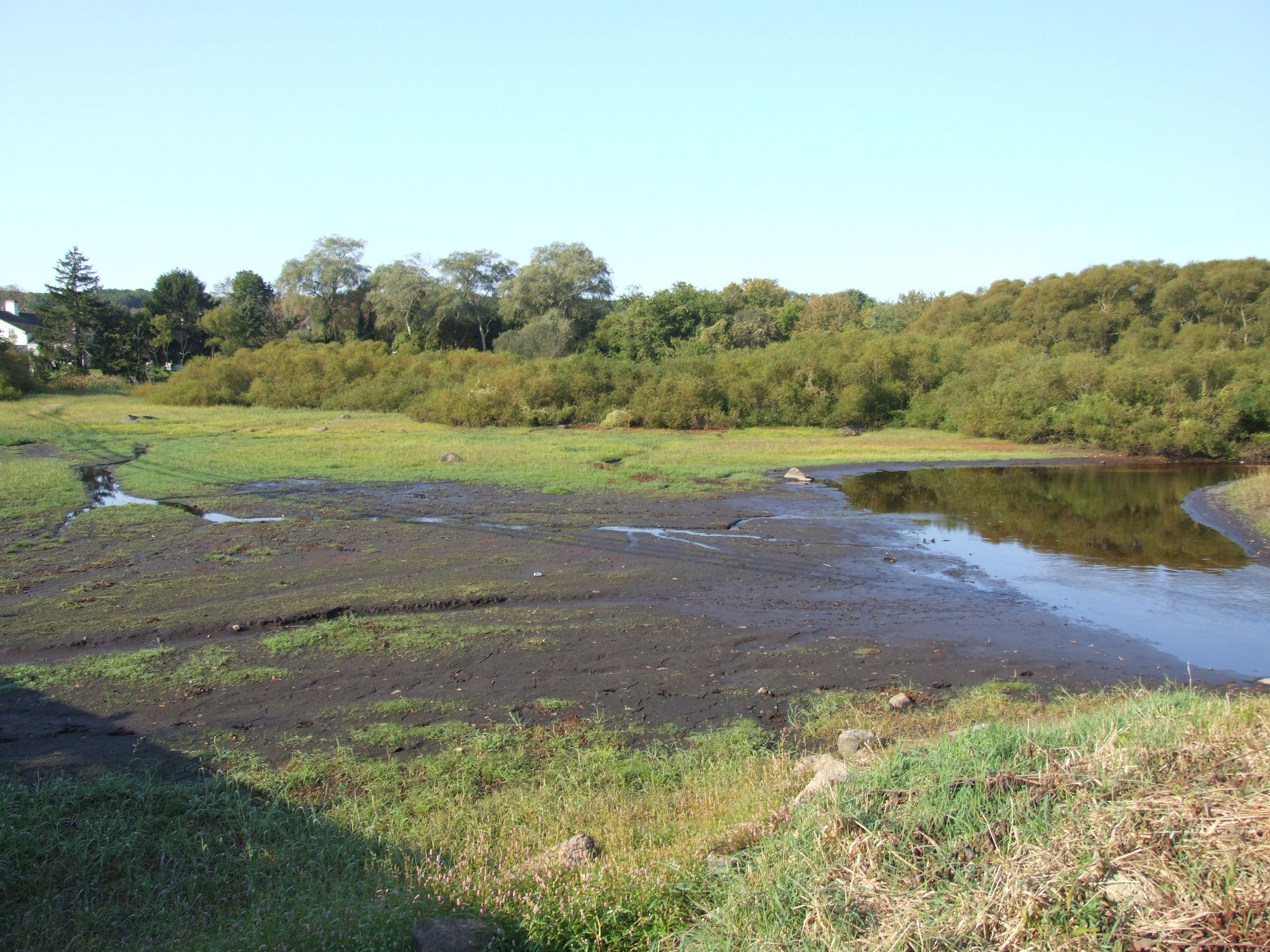
Pond Drained
Pond Drained

Water Redirected for Dig
Water Redirected for Dig
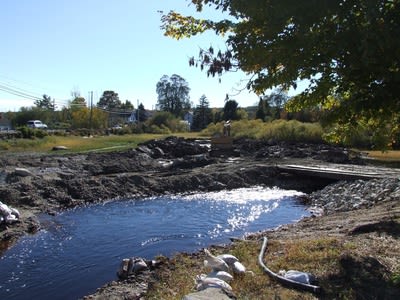
Dig Project
Dig Project
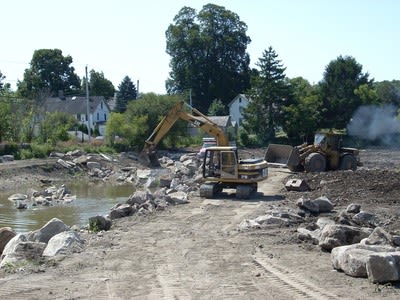
Heavy Equipment
Heavy Equipment
The Mill Pond Today
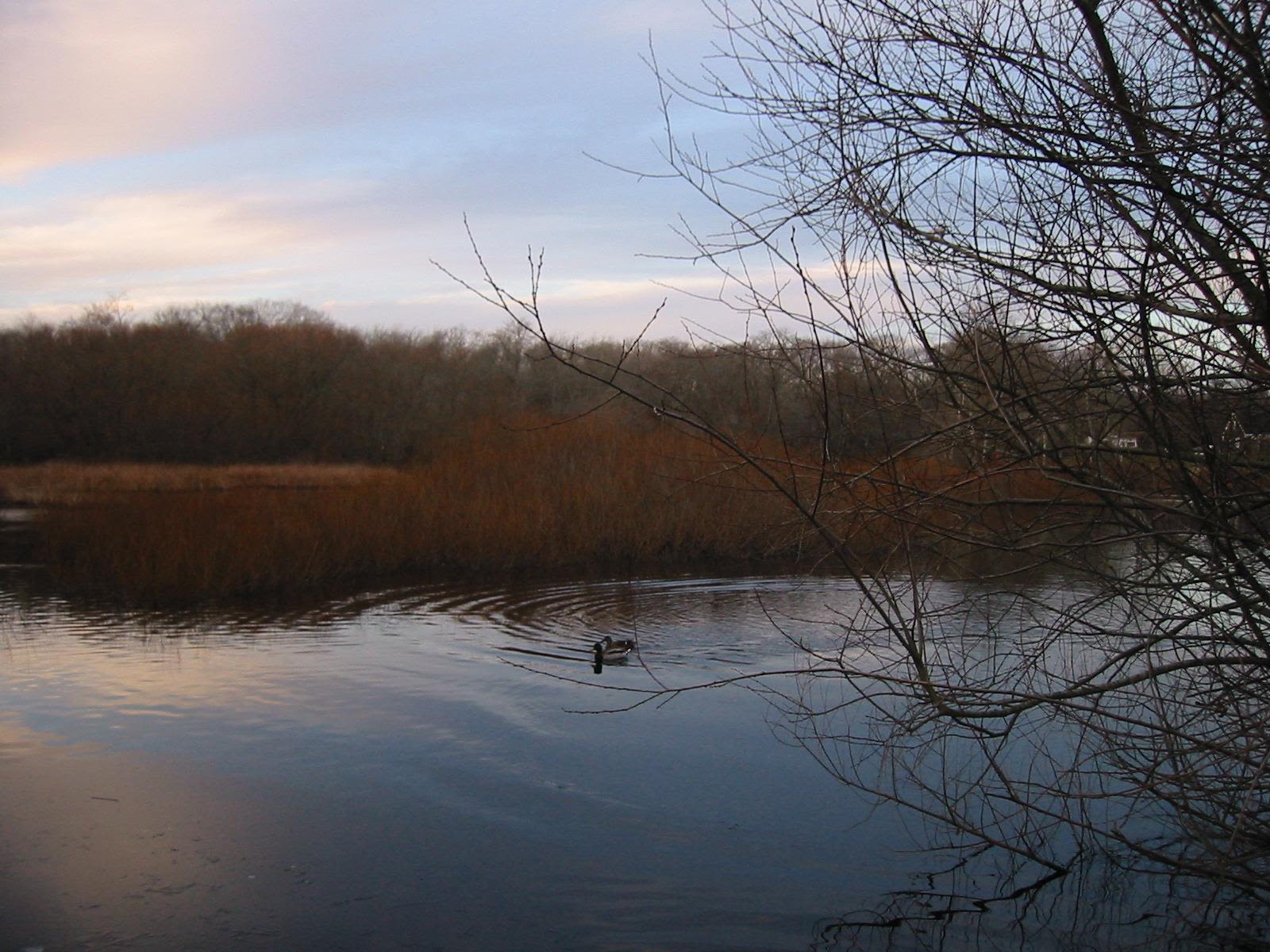
The Grays Mill Pond Dredge Project restored some of the lost open water habitat that was historically provided by the mill pond, thereby increasing and improving its wildlife habitat. The project removed the excess organic material from within the pond and increased the overall depth of the pond. The creation of deeper and larger areas of open water offers more and better quality habitat to a variety of fish as well as other wildlife species.
For more information and images, go to https://docs.rwu.edu/baker_grays_mill/
